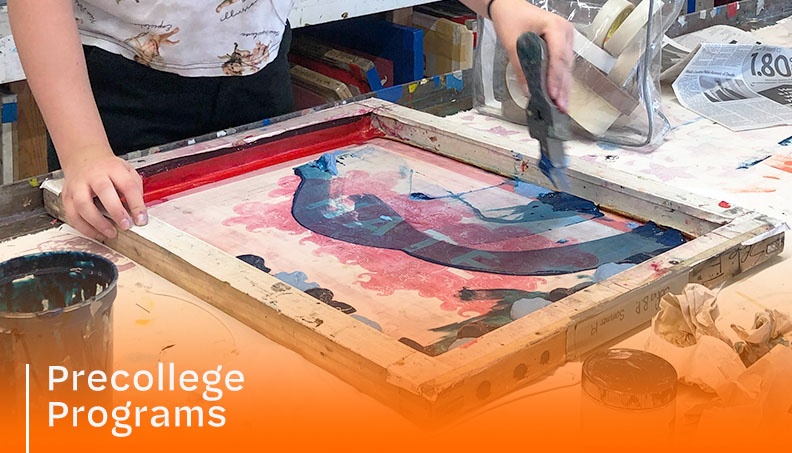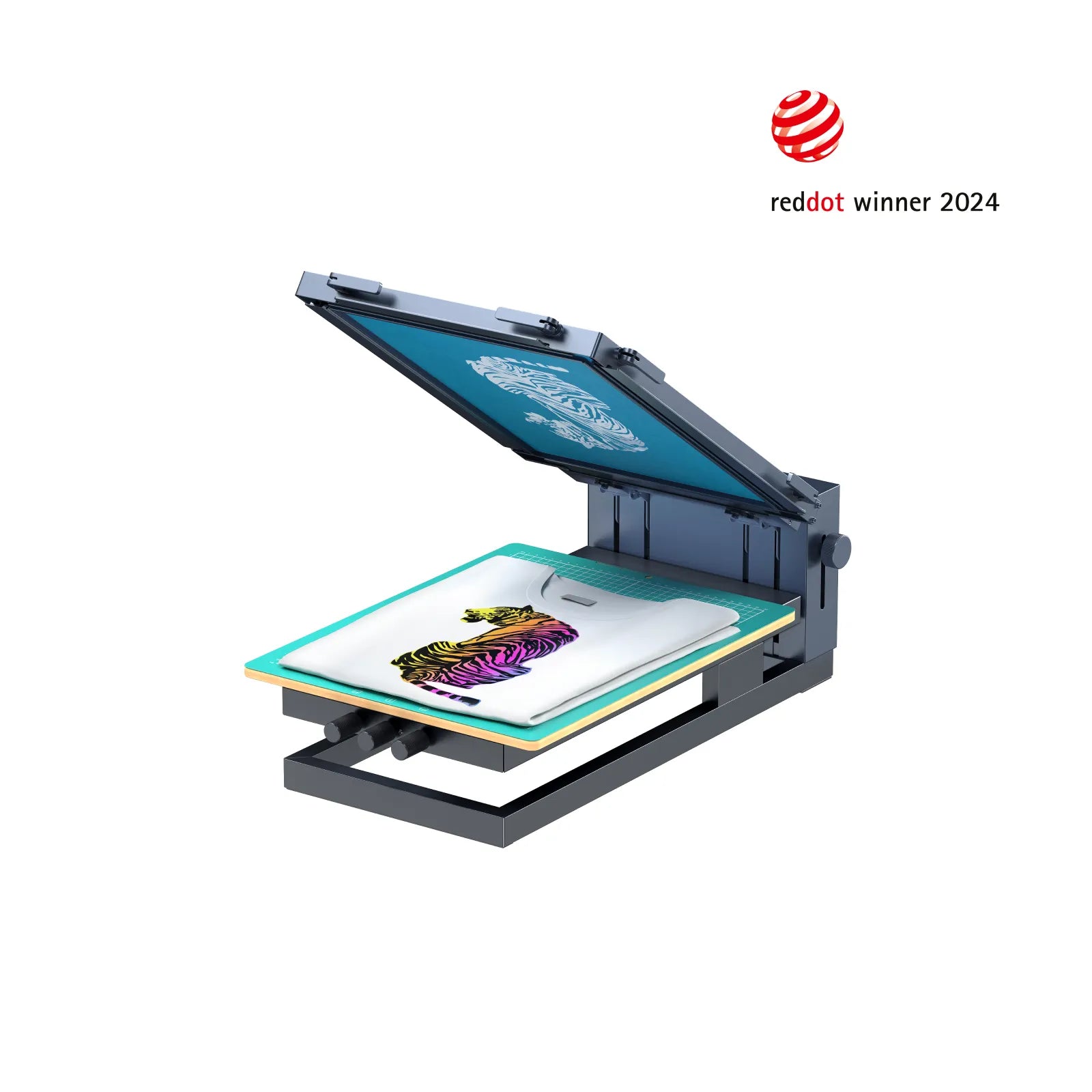The Necessary Guide to Recognizing Screen Printing and Its Versatile Uses
Screen printing has a rich background that goes back to ancient times, progressing right into a sophisticated strategy used throughout various markets today. This overview explores the details of the screen printing process, outlining its applications in style, advertising, and home design - 10:9 Design Screen Printing Texas. Recognizing these principles can open up imaginative potential for both industrial and creative projects. The adhering to sections will reveal important suggestions and methods to improve one's screen printing undertakings
The Background of Screen Printing
Although screen printing has roots that trace back centuries, its evolution mirrors the creative and technical advancements of numerous cultures. Coming from old China, the technique was initially utilized for embellishing textiles and later infect Japan, where it ended up being important to Ukiyo-e woodblock printing. The technique shifted to Europe in the 18th century, where it gained appeal amongst artisans and commercial printers. The innovation of image emulsion in the 20th century revolutionized screen printing, permitting for more intricate layouts and greater performance. Musicians like Andy Warhol even more moved its popularity, using the tool to develop iconic jobs that blended commercialism and great art. By the late 20th century, screen printing had actually developed itself as a functional technique, employed in vogue, marketing, and great art. Today, it continues to evolve, integrating electronic modern technology and increasing its applications throughout different markets.
The Screen Printing Process Explained
Screen printing changes artistic visions into concrete styles through a series of specific steps. At first, a photo is developed and afterwards moved onto a screen, usually constructed from fine mesh material extended over a frame. A light-sensitive solution is related to the screen, which is revealed to light, solidifying in locations not covered by the picture. After rinsing the unhardened solution, a stencil is developed.
Next, the screen is positioned over the substrate, whether it be textile, paper, or an additional product. Ink is then pushed through the open locations of the pattern utilizing a squeegee, depositing the design onto the substratum below. This process can be repeated for several colors, needing separate displays for each tone. The printed product is treated using heat to assure the ink sticks appropriately, resulting in a sturdy, vivid layout all set for usage.
Kinds of Screen Printing Techniques

Furthermore, specialized strategies, such as discharge screen printing, get rid of dye from the fabric to create softer prints, while foil screen printing uses metal foil to accomplish a glossy surface (10:9 Design Screen Printing Texas). Each technique supplies distinct features, accommodating various creative needs and production scales, ultimately expanding the opportunities within the screen printing domain name
Applications of Screen Printing in Numerous Industries

In addition, the signage and advertising sectors make use of screen printing for creating appealing screens and banners. This technique enables for strong colors and complex designs that record interest. In electronic devices, screen printing is utilized for applying conductive inks to circuit boards, necessary for element connections. The home décor industry embraces screen printing to generate distinct layouts on fabrics and wall surface art. Generally, screen printing works as an essential device throughout diverse fields, boosting items with individualized and aesthetically enticing graphics.
Tips for Effective Screen Printing Projects
While taking on a screen printing task, careful attention to detail can considerably enhance the final result. Initially, picking top quality materials is crucial; this includes the screen, inks, and substrates. Making use of appropriate mesh counts can affect ink deposition and detail resolution. Preparation is similarly important; comprehensive cleaning of displays and appropriate direct exposure times assure crisp prints.
Next off, exact enrollment is essential for multi-color prints. Using placement devices can help achieve accurate layering. In addition, screening prints on scrap materials before manufacturing assists identify possible issues without squandering resources.
Often Asked Questions
What Materials Are Ideal for Screen Printing on Textile?
Cotton and polyester blends are perfect for screen printing on material as a result of their longevity and ink absorption. Furthermore, specialized fabrics like silk or canvas can generate unique appearances and finishes, improving the total design top quality.
How Do I Tidy and Maintain Screen Printing Tools?
To maintain and clean up screen printing equipment, one must on a regular basis wash displays with ideal solvents, evaluate mops for wear, lube moving components, and store all products in a dry, dust-free environment to extend their lifespan.
What Are the Ecological Influences of Screen Printing?
Screen printing can have considerable environmental influences, consisting of chemical waste from inks and solvents, water use throughout cleaning processes, and energy intake. Sustainable techniques and environmentally friendly products are vital here for reducing these adverse results.
Can Screen Printing Be Done in the house Efficiently?
Screen printing can be properly done at home with the right materials and methods. Hobbyists can produce top quality prints, though success depends upon their skill degree, equipment, and understanding of the procedure included.
What Are the Prices Related To Beginning a Display Printing Service?

Beginning a screen printing company entails prices for equipment, materials, and work area. Preliminary expenses generally range from a couple of hundred to a number of thousand bucks, depending on the scale, quality of machinery, and desired manufacturing capacity.
Screen printing has an abundant background that dates back to ancient times, evolving into an innovative technique utilized throughout numerous industries today. An additional technique, rotating screen printing, uses round screens, helping with continuous printing on textile rolls, thus boosting effectiveness for large-scale manufacturings. Additionally, specialized methods, such as discharge screen printing, remove color from the material to create softer prints, while aluminum foil screen printing applies metallic aluminum foil to attain a shiny finish. In the fashion sector, screen printing is commonly used to create vivid styles on apparel, enabling brand names to showcase their one-of-a-kind styles. Cotton and polyester blends are ideal for screen printing on fabric due to their resilience and ink absorption.